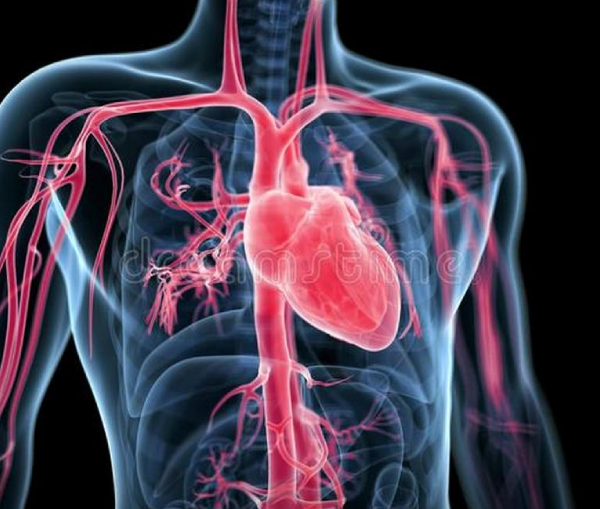Coronary Angiography
A coronary angiogram is a test that uses X-rays and contrast dye to show how well your blood is moving in your coronary (heart) arteries. Your provider may also call this imaging test coronary angiography.
The test can show blockages in these arteries or if they’re narrowed — usually from atherosclerosis. Your coronary arteries are important because they get blood to your heart’s muscle. A blocked coronary artery can lead to a heart attack.
When is a Coronary Angiogram Recommended?
Your healthcare provider or cardiologist may recommend a coronary angiogram if:
- Your stress test or electrocardiogram (EKG) was abnormal
- You have heart valve disease, heart failure, or a history of a heart attack
- You have heart surgery coming up, and your provider thinks you may have coronary artery disease
- You have chest pain (angina) that recently started or has changed in some way
- You have unusual chest discomfort or shortness of breath, but other tests don’t show anything wrong
Your provider will explain why they recommend this test. Don’t hesitate to ask questions.

What Happens During a Coronary Angiogram?
In general, you can expect the following during a coronary angiogram:
- You change into a medical gown and lie on your back for the procedure.
- A healthcare provider gives you medicine that makes you feel relaxed (a sedative) through an IV. But you’ll still be awake enough to follow instructions. For example, they might have you cough or hold your breath for a couple of seconds.
- An electrocardiogram (EKG) will monitor your heart rhythm during the procedure.
- A provider gives you local anesthesia to numb the area where they’ll access an artery. This is usually in your groin or arm. You may feel pressure in this area during the procedure, but you shouldn’t feel pain.
- A cardiologist accesses a blood vessel with a needle. They slide a sheath (or tube) over the needle and into a large artery.
- The cardiologist passes wires and catheters through the tube to get to the coronary arteries on the surface of your heart. You won’t feel the tube going through your blood vessels.
- An X-ray machine rotates around you (called fluoroscopy). It allows the cardiologist to see where the catheter is going from all angles.
- Once your provider gets the catheter into your heart or aorta, they put a special dye into the tube. They look at X-rays to watch the dye go through your artery. For a few seconds, you might feel flushed or like you need to pee.
- The cardiologist can see if anything (like cholesterol or plaque) is getting in the way of blood going through your coronary arteries.
- If the cardiologist sees something blocking your blood flow, they may be able to clear the blockage right away with a balloon. This is called an angioplasty. They can then place a stent to keep your artery open.
- If this isn’t possible or the cardiologist thinks a different procedure later is best, they’ll end the coronary angiogram.
A coronary angiogram typically takes 30 to 50 minutes. But this can vary.
What to Expect After a Coronary Angiogram
When the procedure is done, the cardiologist will take out the catheter. A healthcare provider will put pressure on the site to stop or prevent any bleeding.
Most people can go home the same day — two to four hours after the coronary angiogram.
If your procedure was complex or you had it in the afternoon, you should be prepared to stay the night at the hospital.
You may feel tired after your coronary angiogram. Your wound may be sensitive or bruised for a week or more. Your provider may tell you to limit your activities for a couple of days after you get home.
